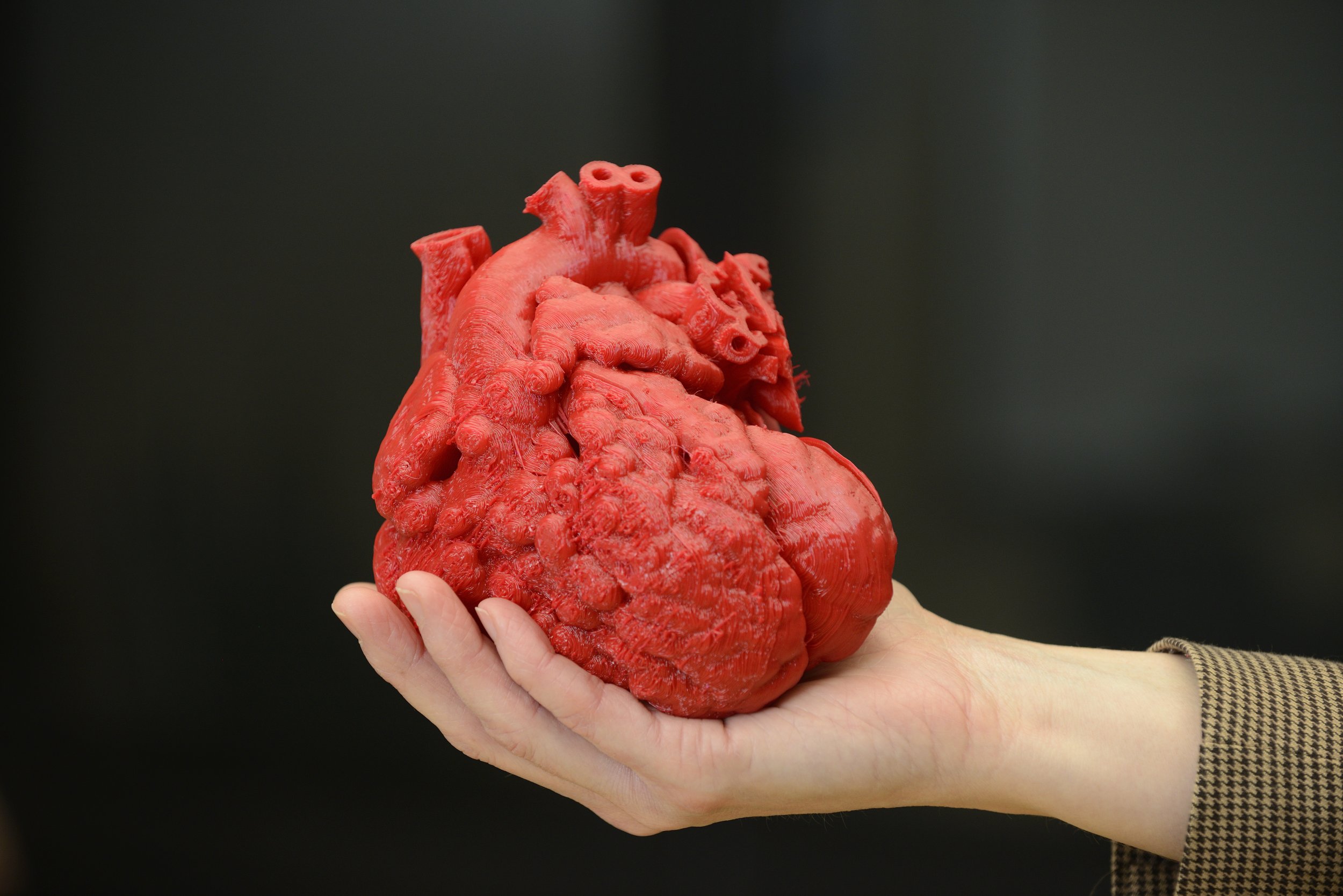3D Printing Organs Heading Toward Future Of Indestructible Humans

Part of the inevitable process of aging is the breakdown of bodily function. Throughout history, even the smartest minds haven’t been able to counteract this basic fate, but 3D printing organs could one day offer the solution.
What began as a laborious way to produce small, non-functioning objects has turned into a sophisticated mainstay in laboratories. 3D printing relies on scanning people’s body parts through CT or MRI to develop a perfect replica out of the body’s own cells and tissues. Since the material comes from the patient, and not some third-party donor, there is no risk for bodily rejection.
So far, scientists have used this synthetic biology to produce artificial hearts, brains, blood vessels, and livers, along with numerous structures around the body, including skulls and faces. Most cases are small, growing in popularity as surgeons find success. Others are well on their way to making the technology a mainstream application and, in the process, potentially redefine what it means to be human.
Click "View Slideshow" to see some examples of emerging 3D-printing technology.




























